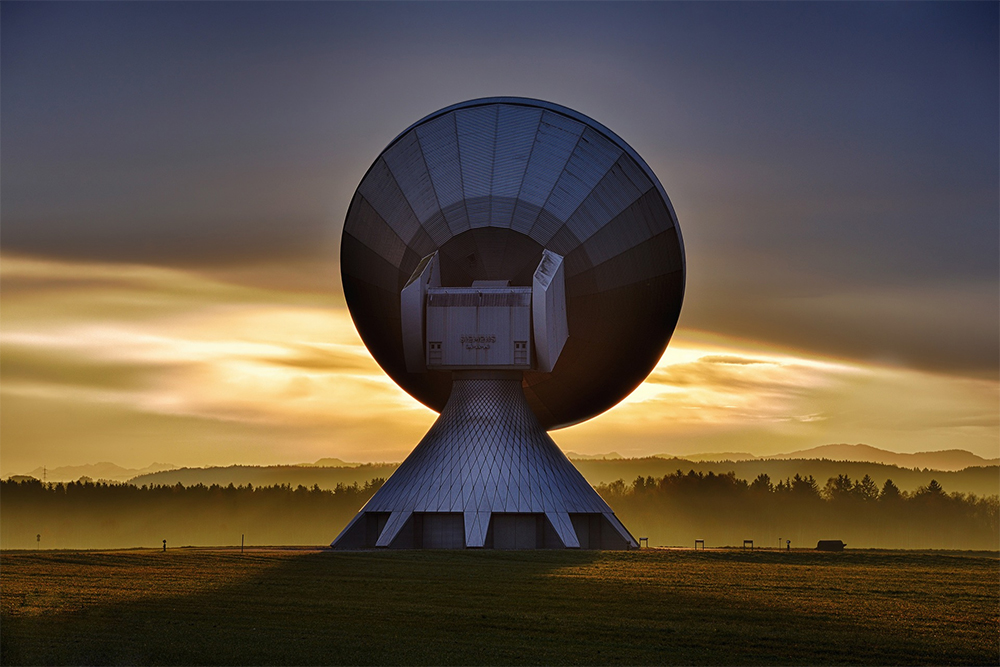September 17, 2018
The concept of Machine Learning taking our knowledge beyond the ‘Complexity Frontier’ is finally becoming fully realised, thanks to the ‘Breakthrough Listen’ project that has successfully recognised 72 frequent radio bursts from an unidentifiable source 3 billion light years away. This is important as researchers believe that it could be a sign of an advanced technology.
It is notable that this particular source of Fast Radio Bursts or FRB, which scientists have named FRB 121102, has remained a subject of study for SETI or Search for Extraterrestrial Intelligence since 2012 when bursts of frequent radio waves were first noticed from it. Though these bursts can have a myriad of reasons for why they might be happening, the role of AI in the better learning of the universe around us has become indisputable after this discovery. As Ghary Zhang, a graduate student at the University of California at Berkeley is the person behind this recent discovery and he has stated that, “This work is only the beginning of using these powerful methods to find radio transient. We hope our success may inspire other serious endeavours in applying machine learning to radio astronomy.”
Zhang has developed the whole algorithm that leads to the better detection of radio waves from this source. He took data from the Green Bank Telescope in West Virginia that in August 2017 has collected around 400 TB data from the source, identifying 21 ratio bursts from it. Zhang re-analysed the data with a Machine Learning algorithm, also developed by him, to discover additional 72 bursts that we were formally unaware of.

On this topic, Andrew Siemion, the director at Berkeley SETI Research Center has said that even though this particular application of Machine Learning algorithm is quite exciting, it’s nothing compared to what the application itself signifies – a new era of space exploration. Ever since the advent of the radio in early 1900s, efforts have been made by the developed nations to find signs of intelligent life away from earth. Although these attempts have expanded our understanding of the universe a great deal, nothing much around the original objective was discovered.
Now with the application of Machine Learning algorithms, all the previously collected data can be re-analysed for the missed information. This could mean significant discoveries at negligible expense. As the SETI Institute CEO Bill Diamond puts it, “These results hint that there could be vast numbers of additional signals that our current algorithms are missing and clearly demonstrate the power of applying modern data analytics and AI tools to astronomical research. Applying these techniques in the search for evidence of extraterrestrial technologies, or techno signatures, is incredibly compelling, together with addressing the tantalizing phenomena of FRBs”
Resources:
https://www.seti.org/press-release/artificial-intelligence-helps-find-new-fast-radio-bursts